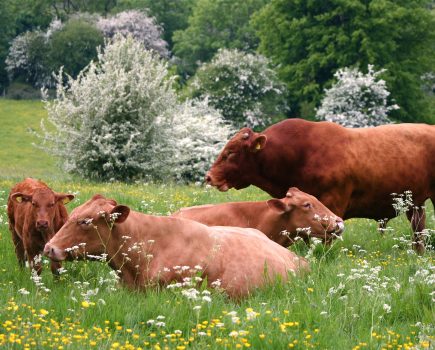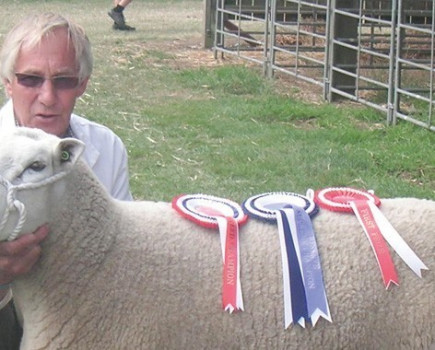As we passed the first anniversary of the war in Ukraine, we all wondered if Russia intended to mark the event with something outrageous. A new spring offensive is expected when the weather improves, but with both sides dug into well-prepared positions, a continuing stalemate is likely. After all, Russia occupied the eastern areas of Ukraine in 2014 and they have failed to make a big push Eastwards since, so why would they now? Especially as Ukraine is much stronger now, thanks to the tactical weapons supplied by the West.
I’m sorry to say that all this is still very relevant to our grain trade. As I reported last month, we got back to price levels that were less than they were when the war started a year ago. Since then our wheat futures have regained about £20 per tonne and the world trade has carried on regardless of the war.
Russia has continued to export the cheapest wheat in the world at around four million tonnes per month using all of its ports, not just those involved with the safe corridor, but the exports using the corridor have fallen away since the corridor re-opened in November.
Whereas it used to take two days for a big boat to be inspected on the way in and out of the corridor, it’s now taking 30 days. With insurers withdrawing marine and war risk cover, it’s not surprising that Black Sea wheat is not so attractive. As I said last time, the UK is becoming a much safer supply option, certainly for destinations like Spain, Italy and Holland. This further reinforces my view that if we carry on exporting feed wheat at current rates we could run out in April or May. Of course we no longer know for sure what the UK export figures really are, but then do we even know what we started with?
We are still very early in the 2023 crop cycle. It will be six to eight weeks before most of the northern hemisphere crops emerge from winter. The now almost usual ‘Polar vortexes’ may have meant more winter kill on crops in Russia and Ukraine, lacking snow cover, but make no mistake, the war has meant that Ukraine has planted even less than its already much reduced 2022 crop.
When you examine its main grain producing areas, they are mainly in the east and south, bordering the main conflict zones, so any new offensive will make it very difficult for its large spring crop to be planted safely. I have previously highlighted the huge short wheat position taken by the hedge funds on the Chicago futures. It was 10 million tonnes; well recently they reduced that to six million tonnes short. Of course, that spiked the market, as it will when they have to buy back the rest. There is evidence that they are seeking to roll some of their short from old to new crop positions.
If any of the potential crop issues I have identified over the past three months materialise, that could be a very bad move. Weak sterling continues to assist our exports, especially as most of our wheat is being sold in Euros. UK barley remains a problem and an enigma. Even as wheat has improved in the past month, barley has gone the other way, widening the gap.
The Agriculture and Horticulture Development Board suggests that we started with a million tonne surplus, with about half of that exported by the end of December. That leaves a lot to liquidate before the new crop in July, as the largest exporter of malting barley, Openfield, has played its part, but even that market has ceased as we are much dearer than Denmark, which, like us, has a large surplus still to shift. The best hope is that when feed wheat increases in price, the greater differential to wheat will mean compounders switch back to including more barley.
On the plus side post Covid-19, China is beginning to wake up again. Its monthly soya imports have rocketed in the past two months. In December it imported 11 million tonnes; that’s 183 Panamax size boats! Their pork consumption is at a four-year high. Although the UK has no trading protocols with China, we could certainly do with them coming in to buy some big chunks of world barley.
It is ironic that Germany is reluctant to send its main battle tanks to help Ukraine. They were not so particular when their Panzers invaded Ukraine and Russia during operation Barbarossa in 1941!







